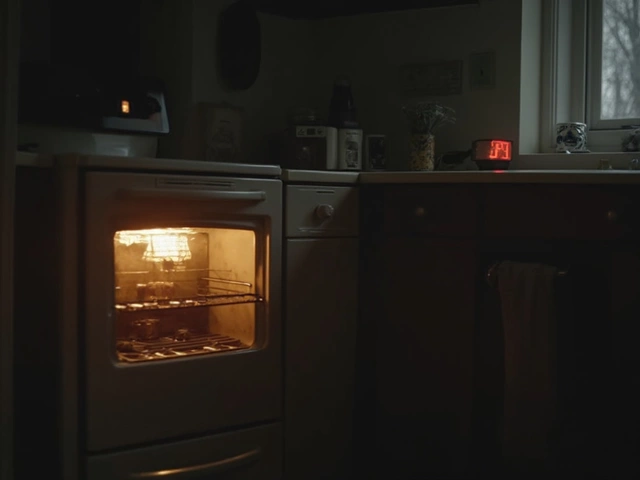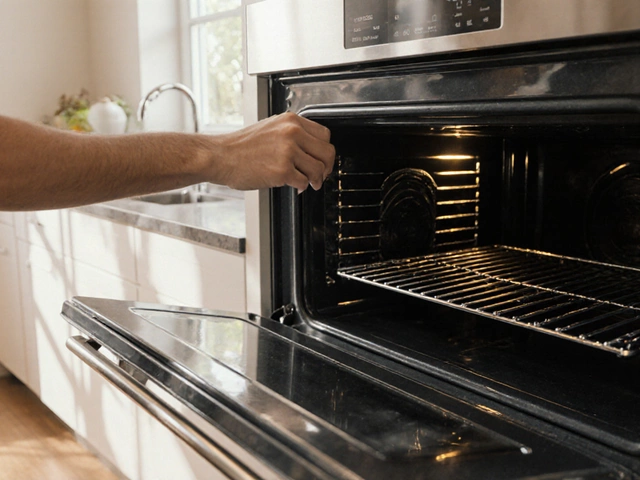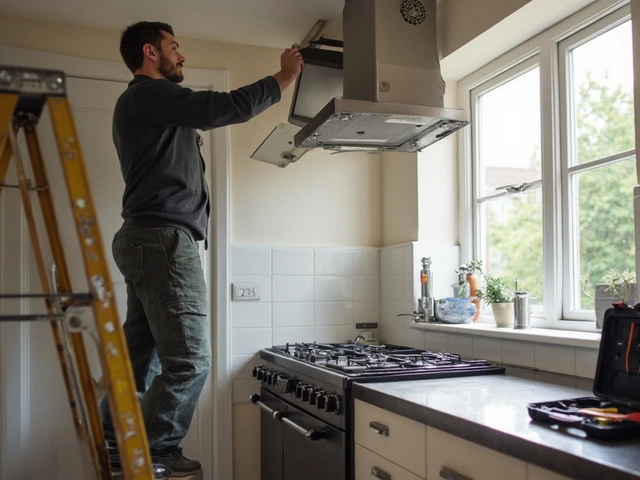Is It Bad to Leave an Electric Oven On All Night?
March 19 2025Electric Oven Installation: Costs, Safety, and What You Need to Know
When you’re installing a new electric oven, a standalone cooking appliance powered by electricity, commonly built into kitchen cabinetry. Also known as range oven, it’s one of the most-used appliances in the home and demands proper setup to work safely and efficiently. Unlike gas ovens, electric models don’t need a gas line—they plug into a dedicated 240-volt circuit. That sounds simple, but getting the wiring right is critical. A wrong connection can fry the control board, trip your breaker, or worse, start a fire. Many people assume they can just unplug the old one and plug in the new one. That’s rarely safe or code-compliant.
Electric oven heating element, the metal coil inside the oven that generates heat when electricity passes through it. Also known as bake element, it’s the heart of the oven and often fails after years of use. During installation, it’s smart to check if the new oven’s element matches your old one’s wattage and shape. Mismatched elements cause uneven cooking or premature burnout. You’ll also want to inspect the oven thermostat, the sensor that tells the oven when to turn heat on or off to maintain the set temperature. Also known as temperature probe, it’s easy to damage during move-in, and a faulty one means your oven runs too hot or too cold—no matter what setting you pick. If you’re replacing an old oven, make sure the new one fits the cutout. Dimensions vary, and some models need extra clearance for ventilation. Even if it looks like it’ll fit, check the manufacturer’s manual. Skipping this step can lead to overheating or voided warranties.
Most electric oven installations take between two and four hours if everything’s in good shape. But if your kitchen has outdated wiring, a broken outlet, or a circuit that can’t handle the load, you’ll need an electrician before the oven even gets unpacked. That’s not a DIY fix. In Bedford, many homeowners learn this the hard way after buying a new oven online, only to find out their 15-year-old breaker panel can’t support it. A certified gas engineer won’t touch the electrical side—but they’ll tell you when to call someone who can. The best installations happen when the electrician and appliance installer coordinate. One person handles the power, the other handles the appliance. No shortcuts.
What you’ll find below are real stories from people who’ve dealt with electric oven problems. Some tried to fix a broken heating element themselves and ended up with a bigger bill. Others skipped professional installation and now their oven shuts off mid-bake. We’ve gathered the most common mistakes, the hidden costs, and the simple checks you can do before you commit to a new oven. Whether you’re replacing a broken unit or upgrading your kitchen, these posts give you the facts you need—no fluff, no sales pitch, just what actually matters.
 8 Nov
8 Nov
Can You Replace an Electric Oven Yourself? Step-by-Step Safety Guide
Replacing an electric oven yourself is possible with the right tools and safety steps. Learn how to safely remove the old unit, connect wiring, install the new oven, and avoid common mistakes that could lead to electrical hazards.
Read More...



